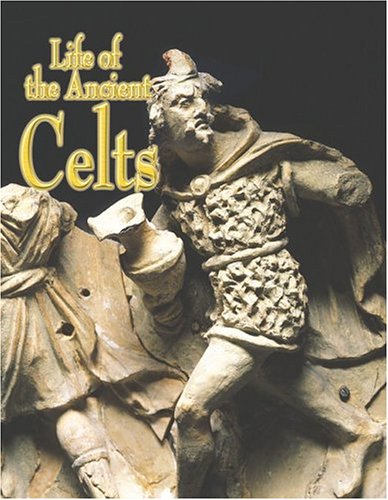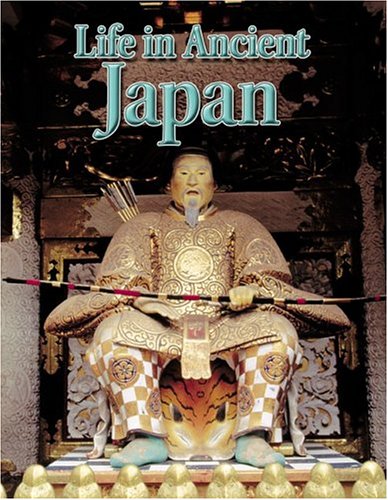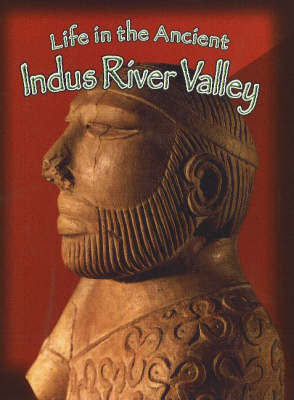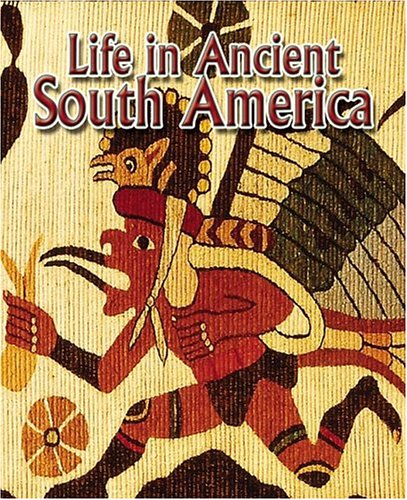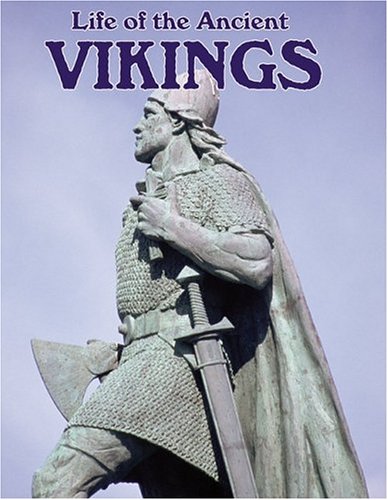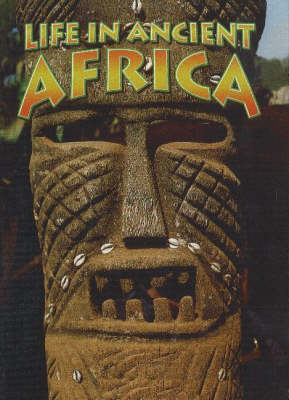Peoples of the Ancient World
6 total works
Ages 8 to 14 years. This book depicts the legendary people that ruled the extensive region that stretched out in all directions from present-day Austria. Known as ferocious warriors, the Celts were skilled forgers of iron. The discovery of salt also allowed the Celts to become wealthy through trade with the rest of Europe until their eventual ruin by Roman conquerors. Topics include: technological achievements; the smelting of iron ore and the forging of weapons, shields, and helmets; the design of hillfort towns; sacrifices to pagan gods, hillside chalk etchings, and the education of Druids; Celtic languages, including Gaelic, Welsh, and Cornish; land ownership and paying rent and taxes; metal, glass, and enamelware.
Ages 8 to 14 years. This fascinating new book describes how Japan grew from rule by local chieftains to an emperor-led nation with many noble families competing for prominence. Beautiful spreads and full-colour photographs unveil Japan's rich history and the people who struggled to make it their own. Topics include: wet rice cultivation; trade with other cultures, their influence, and isolation in the 17th century; from early pit dwellings to the development of castle towns; nature worship, the rise of Shinto, and Buddhism and Confucianism; life as a samurai warrior; sword making and pottery; herbal medicine.
Ages 8 to 14 years. The Indus River Valley was once home to thriving communities of peoples who worked the land now known as Pakistan. Some of the world's oldest civilisations, including the Harappans and the Maurya and Gupta empires, grew in this fertile region. This beautiful new book beautifully documents the lives of these remarkable people from long ago. Topics include: farming innovations that helped support larger populations; the arrival of Hinduism and Buddhism; daily life in a Harappan village; the development of the caste system; early language and writing; the arrival of the White Huns.
Ages 8 to 14 years. The ancient Incas developed a government based on the conquest of neighbouring communities, at the same time preserving the local customs and traditions of the cultures that came before. Beautiful images portray the land now known as Peru, as well as the astounding people who lived there prior to the arrival of the Spanish. Topics include: the Moche and Nazca peoples; agricultural innovations, including irrigation and terraced farming; Nazca geoglyphs and ray centres; record-keeping when most could not read or write; mummification, textile weaving, pottery, ancestor and nature worship; the extensive Inca road network.
Ages 8 to 14 years. Known for their courage on the battlefield and as masters of the sea, the Vikings spread out from their native Scandinavia to Greenland, North Africa, parts of Central Asia, and even Canada. Despite the fact that their heyday was short-lived, the Vikings left behind fragments of a culture that still fascinate children and adults alike. This exciting new book shows children what Viking life was really like. Topics include: the raiding season: individual and community preparation, targets of raids; ship building, navigation, and life at sea daily life in the long house and the care of homesteads while the men were away; seasonal festivals and their feasts; rule by local chieftains; pagan myths and legends, such as the; Valkyries, and the arrival of Christianity.
Ages 8 to 14 years. From the first hunting and gathering societies to the great Nubian kingdoms of Kush, Africa has for centuries been the centre of great cultural activity across its mountains, deserts, and rainforests. Life in Ancient Africa portrays the major civilisations of the ancient African era using maps and beautiful full-colour photographs and illustrations. Topics include: Zimbabwe, Aksum, Meroe, Ghana, Mali, and Songhai; the rise of hundreds of regional dialects; pyramids, temples, royal tombs, and palaces; irrigation and other farming techniques; Trans-Sahara caravan routes and trade with the rest of the world; the discovery of mineral resources; an oral storytelling culture; music and dance.
